Whether it’s a steaming hot mug of English Breakfast with a dash of milk and sugar to wake you up in the morning; tiny cups of chrysanthemum tea to accompany a dim sum feast; or a silky matcha latte to ward off the afternoon slump, tea is one of the world’s most popular beverages. In fact, according to online statistics portal Statista, it is the second-most consumed beverage in the world (after water), with global tea consumption clocking in at 273 billion litres in 2018 – a figure that is projected to hit a whopping 297 billion litres by 2021.
Over the years, different cultures have come up with their own ways to enjoy the beverage – influenced by the types of tea leaves that are native to the region as well as preparation methods that best suit the particular environment. We delve into the history and culture of how tea is enjoyed from Japan to India, and recommend a few spots in Singapore to try these beverages for yourself.
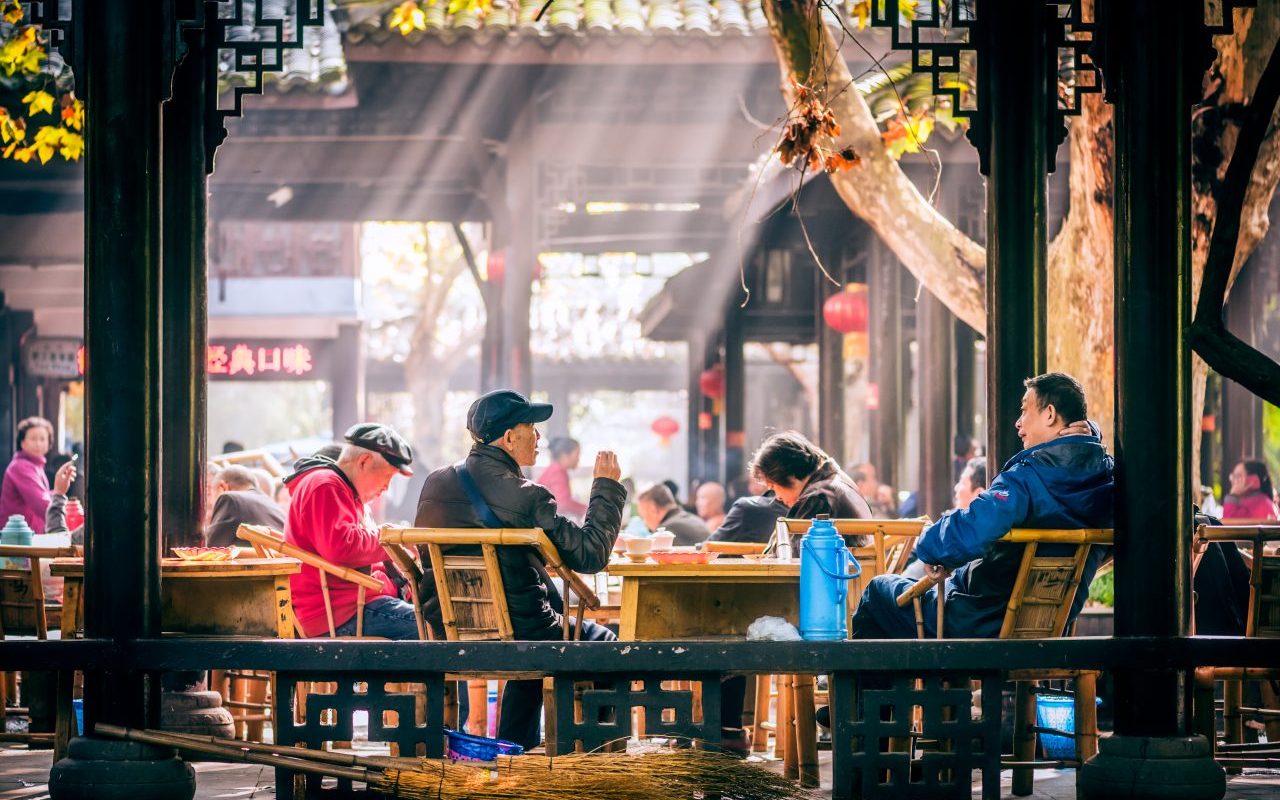
1. China
Legend has it that the global history of tea originated over 5,000 years ago in China, when a single leaf from a wild tea tree drifted into a pot of water being boiled for an emperor. This happy accident kick-started the country’s affair with tea, which has evolved from an imperial beverage to one that’s widely consumed by most Chinese residents. Although the country currently cultivates an extensive variety of tea leaves, the oldest and most popular is green tea. You’ll find plenty of teahouses – public places where people gather to socialise over a good brew – throughout the country. To get an authentic Chinese teahouse experience in Singapore, you can visit Tea Chapter, which has been brewing traditional Chinese teas since 1989.
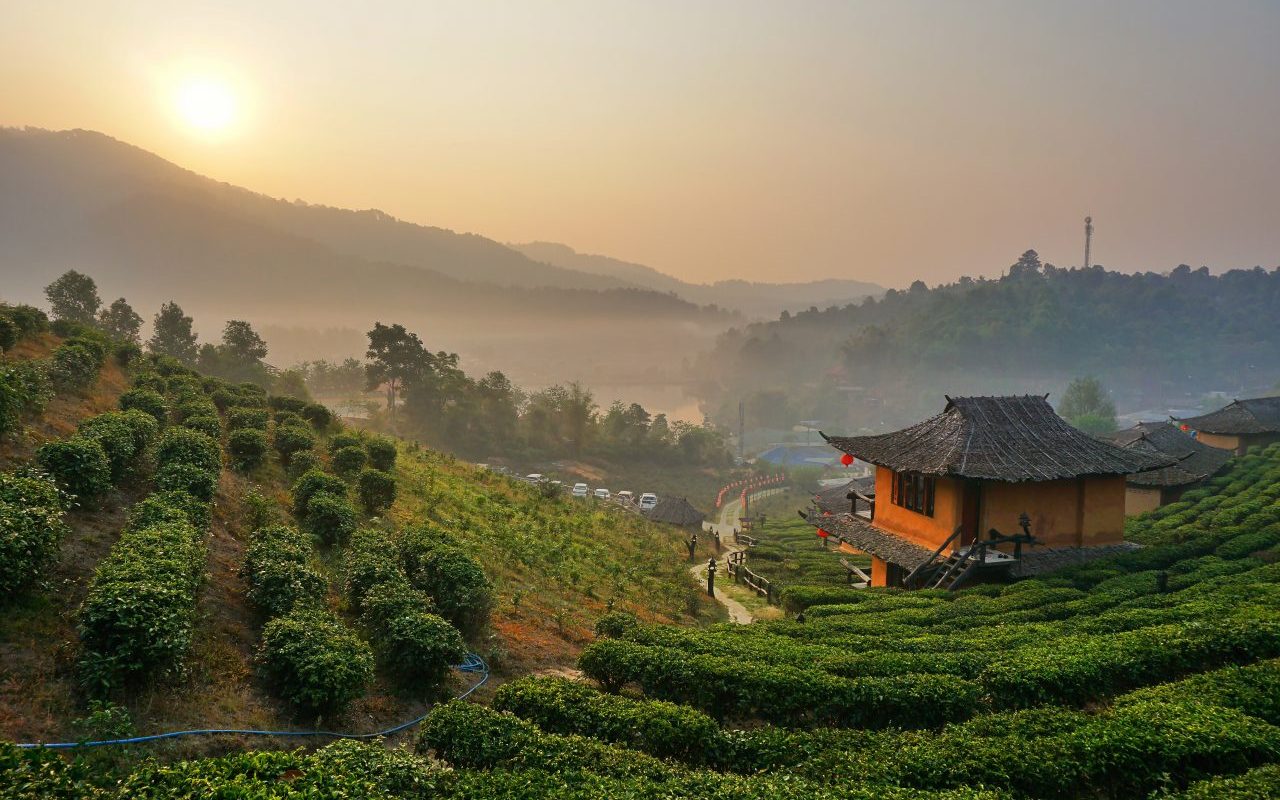
2. Thailand
Thailand is a relatively new tea producer, with large-scale production only having begun roughly two decades ago, when many of Northern Thailand’s opium fields were converted into tea plantations. Although the country predominantly grows oolong and green teas, most would consider the sweet and silky cha yen (Thai iced tea) – made with black tea, sugar and condensed milk served over ice – to be the country’s national beverage. Its exact origins are unclear, but some tie it to an old military officer who had a penchant for Western-style beverages. Today, you’ll find Thai iced tea served throughout the country as a welcomed antidote to the punishing heat. If you’re craving for a cuppa in Singapore, you can drop by the newly opened ChaTraMue at PLQ – a famed tea shop that’s operated in Thailand since 1945.
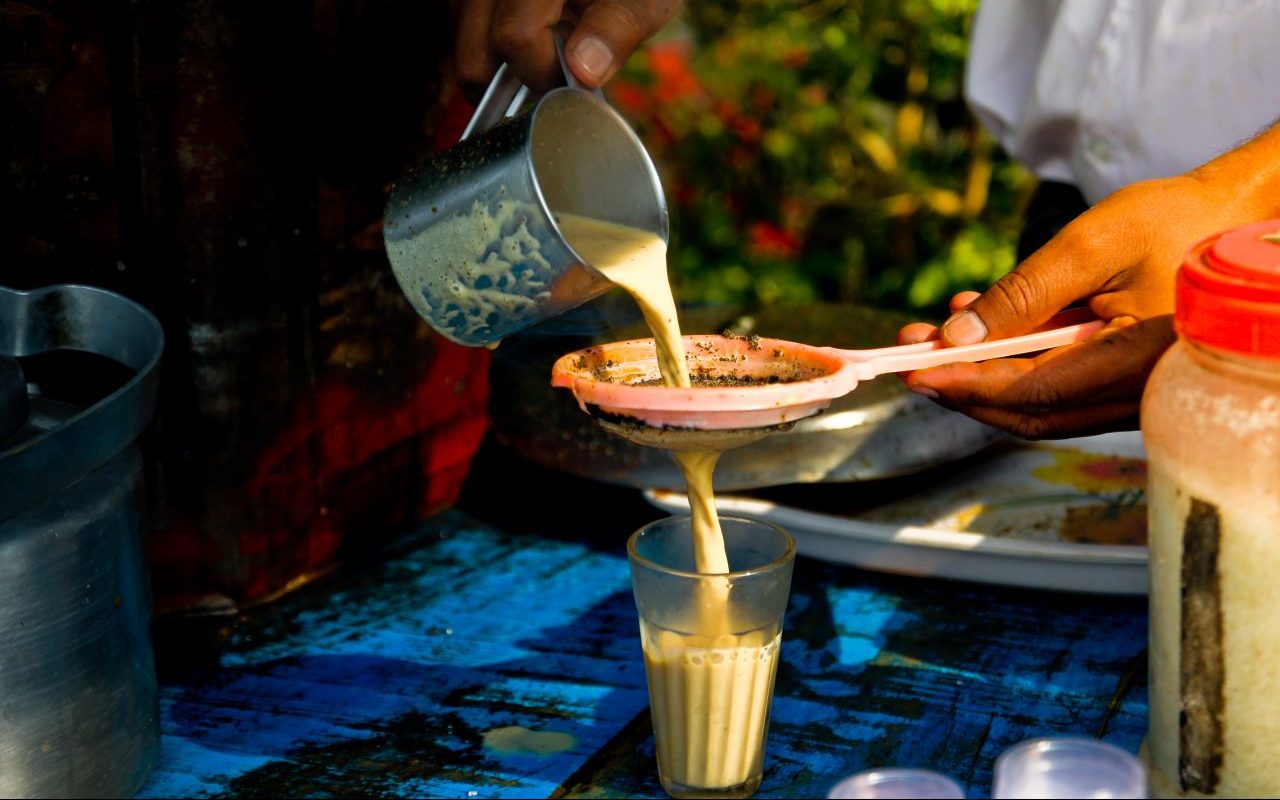
3. India
While there are much earlier recorded instances of tea cultivation in the country, large-scale tea production in India only began in the early 19th century. Today, India is the world’s second-largest tea exporter (after China), though around 70% of the tea produced is consumed domestically. One of the most popular varieties is Assam tea – a full bodied, bright and malty black tea – which, unlike most commercially produced tea, is native to India. It’s used to make the popular masala chai: black tea brewed with a mix of aromatic spices including cardamom, cinnamon and ginger that’s finished with milk and sugar. In Singapore, you’ll find a solid version of the beverage at the beloved Bhai Sarbat Restaurant in Kampong Glam.
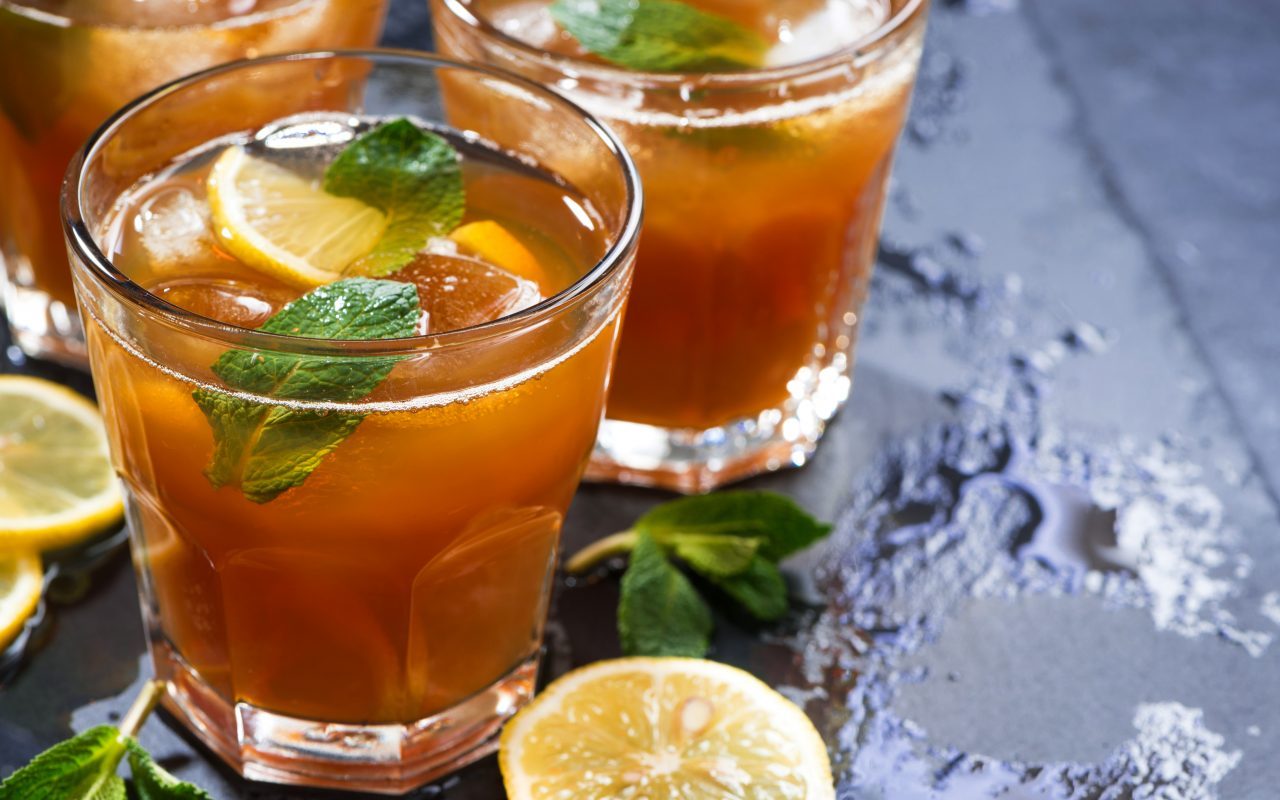
4. United States
One of the most distinctive drinks of the American South has got to be iced sweet tea: black tea that’s sweetened with sugar and served over a generous helping of ice, sometimes with the addition of a citrus wedge, sprig of mint or thin strawberry slices. The first recorded recipe of the beverage dates back to 1879, although it initially called for the use of green tea instead. The switch to black tea came about in the 1900s, as relatively inexpensive supplies were imported from India, Ceylon, Africa and South America. In Singapore, you can sample the beverage at Yardbird Southern Table & Bar, a Marina Bay Sands restaurant dedicated to Southern American cuisine.
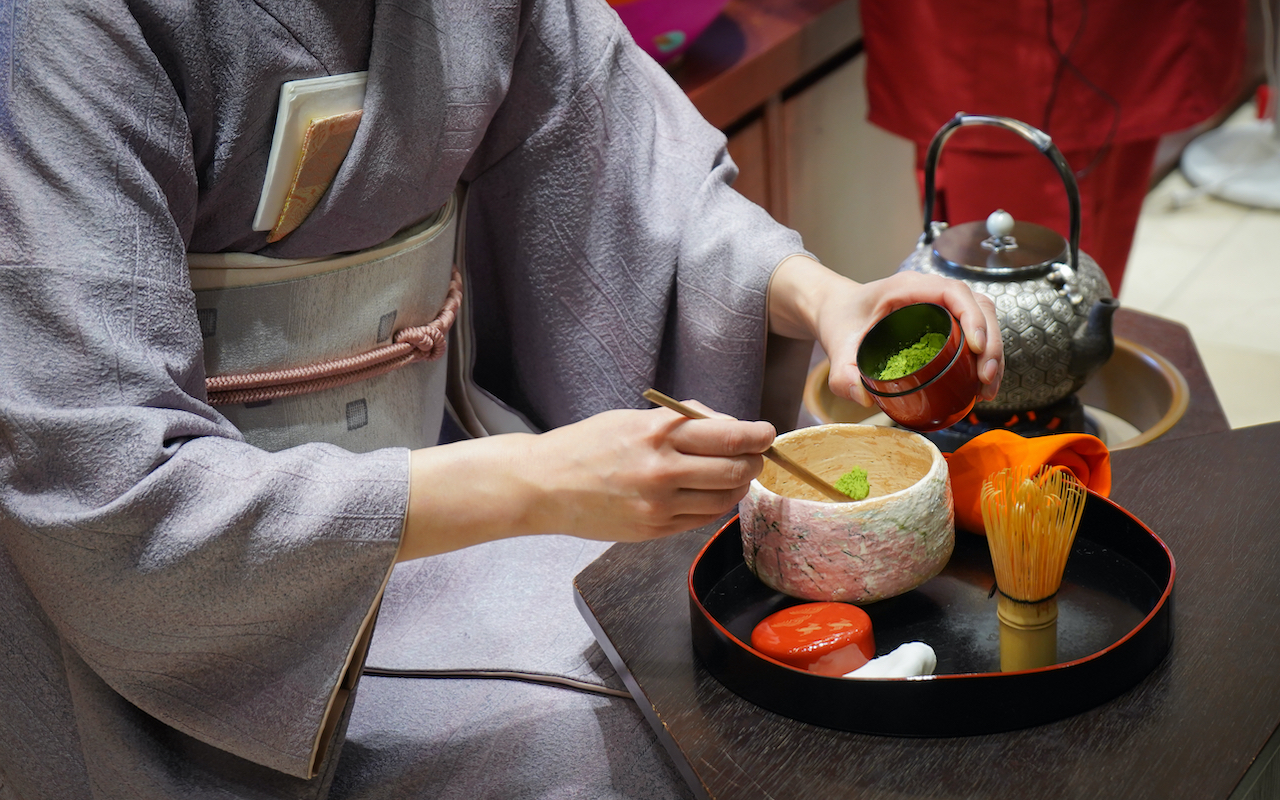
5. Japan
Japan’s history of tea dates back to the Nara period in the 8th century, when it was purportedly introduced to the country from China by Buddhist monks. Over the subsequent centuries, as the country began cultivating its own tea varieties, it transitioned from a beverage favoured by royalty to one that was enjoyed by all. Today, Japan predominantly cultivates and consumes green tea, with popular variants including sencha (young tea leaves grown in direct sunlight); matcha (grown in the shade and ground into a powder); hojicha (roasted green tea) and genmaicha (green tea blended with roasted brown rice). You can get a taste for yourself at Hvala, which bills itself as a modern Japanese teahouse and offers traditional teas and desserts at its CHJIMES and Somerset locations.
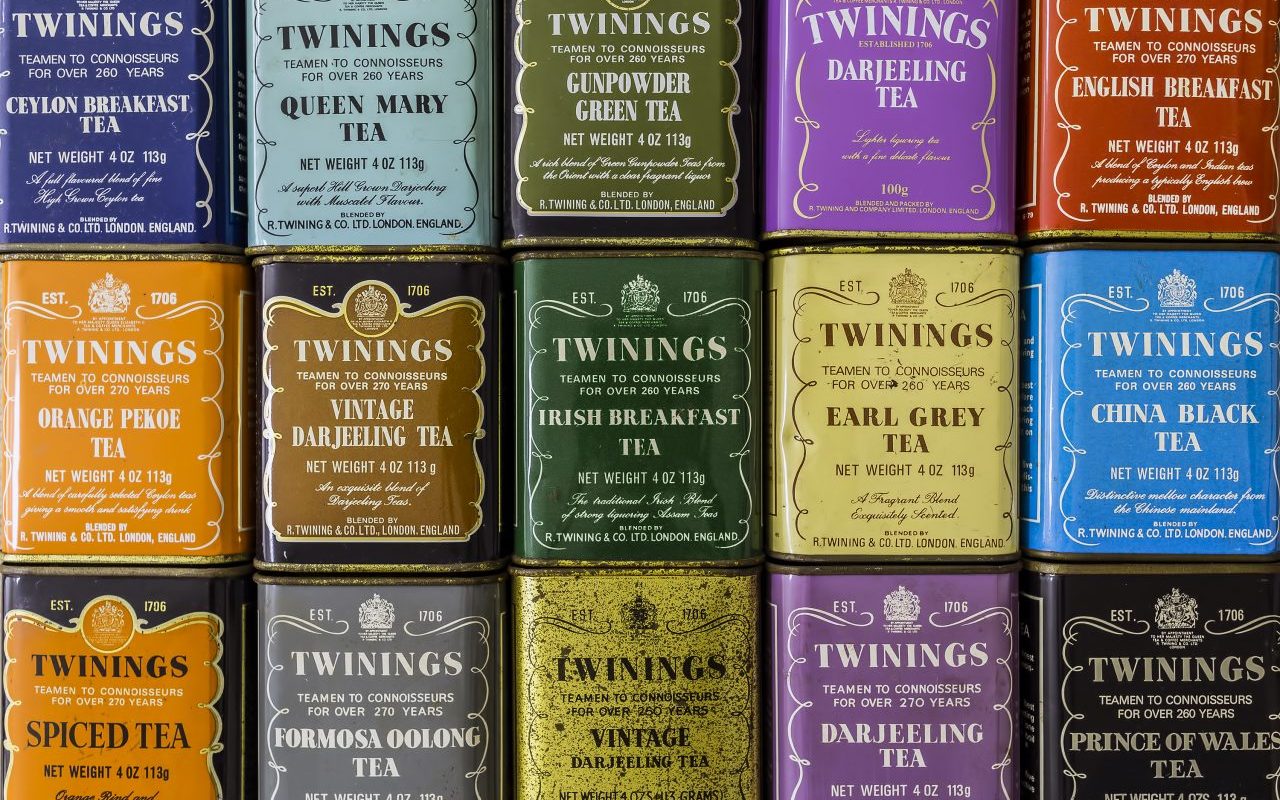
6. England
Whether taken with a dash of milk, spoonful of sugar or slice of lemon, tea is an undeniable hallmark of British culture: it’s said that the Brits down about 100 million cups every day. Tea was first imported into the country from China in the 17th century and later from India in the 19th century. The first tea shop for aristocratic ladies was opened in 1717 but over time, tea shops were set up across the country, enabling larger swathes of the population to enjoy the good stuff. For your own British-tea drinking affair in Singapore, simply head to one of TWG Tea’s outlets, where you can enjoy a cuppa in a setting that’s reminiscent of a luxury tea parlour.
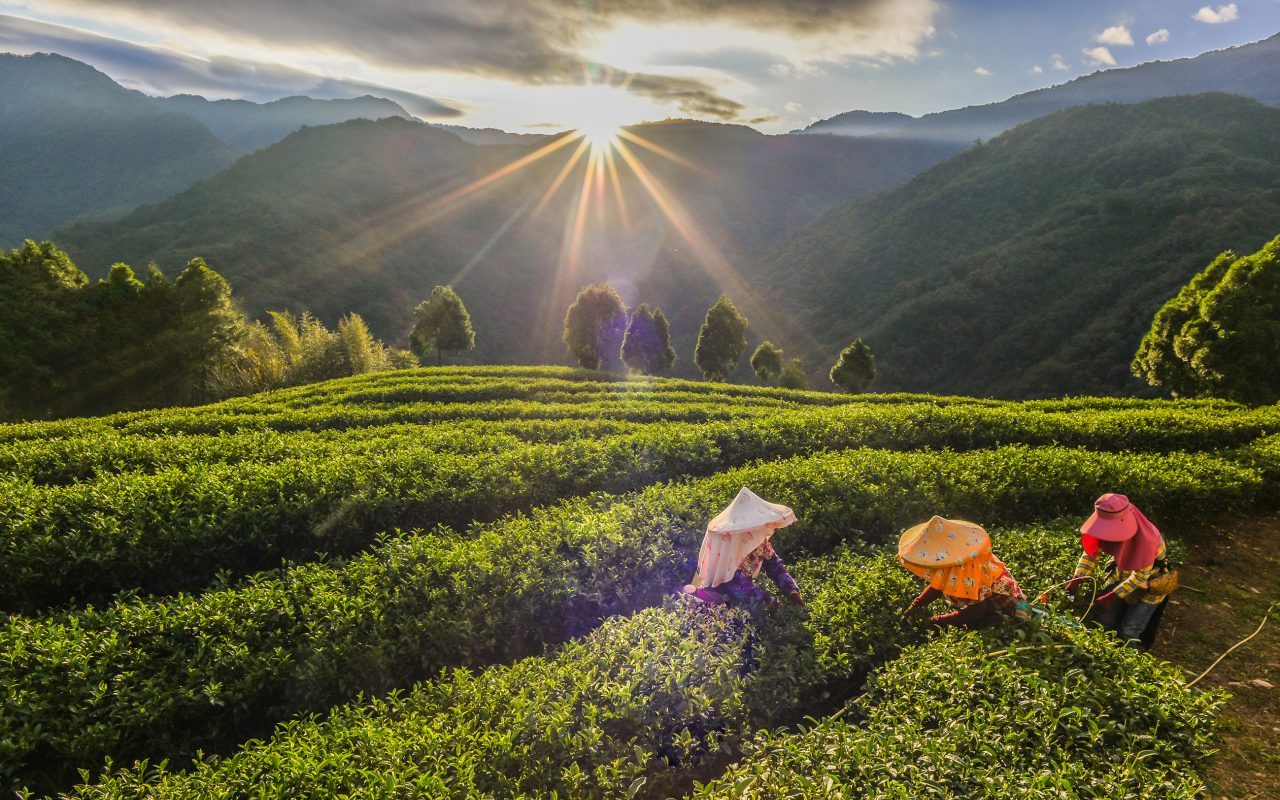
7. Taiwan
Although it may not be one of the world’s top producers, Taiwan has been steadily growing and exporting high-quality tea since the late 18th century. While it grows four main kinds of tea – black, green, white and oolong – it is the latter that is its claim to fame, as Taiwan grows roughly 20% of the world’s oolong supply. The oolong teas grown in the high mountainous regions of Taiwan are particularly well-known for their impeccable quality. Two of the most prized varieties are Dayuling oolong and Alishan oolong, both of which are grown at altitudes of over 2,000 metres. Taiwanese tea brand CHICHA San Chen has a few branches in Singapore, where you can sample freshly brewed Taiwanese teas such as Dong Ding oolong and High Mountain pouchong.
SEE ALSO: Yangon’s timeless tea houses
The post A look at how 7 different cultures around the world enjoy their tea appeared first on SilverKris.
from SilverKris
No comments:
Post a Comment